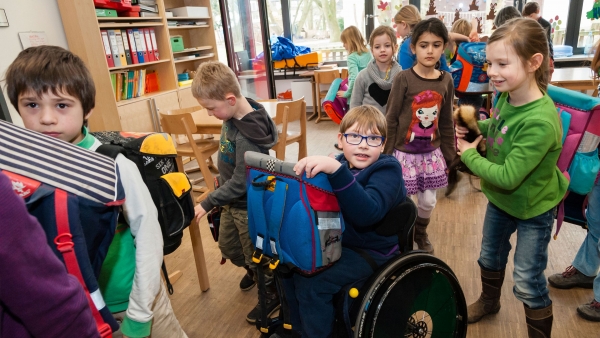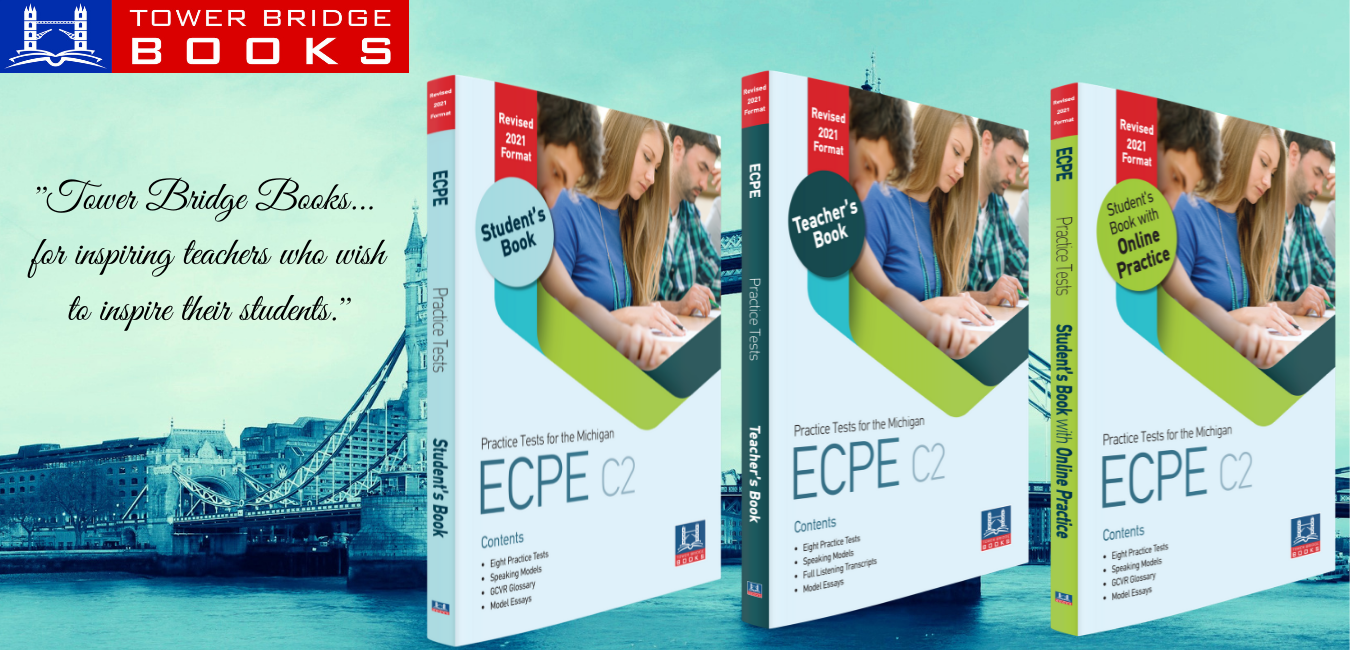As a person with a disability, I (Nikhil) have grown up surrounded by nondisabled figures in the media and in my daily life. As I get closer to reaching adulthood, I’ve become increasingly aware of the lack of representation of people like me who live with disability every day. While schools make accommodations to the physical environment and instructional approach to help students with disabilities learn and grow, the actual curriculum, the “what students learn,” is often silent about disability and the contributions of individuals with disabilities.
Because of the silence in our schools about disability, I’ve made it my mission to make the world a better place by increasing awareness about disability and shedding light on what it means to live the way I and other people with disabilities live.
PREVALENCE OF DISABILITY
Physical and mental disabilities impact the lives of countless Americans. The Centers for Disease Control and Prevention estimates that one in four adults in the United States lives with a disability. As it says in The Future of Disability in America, by the Institute of Medicine of the National Academies, “If one considers people who now have disabilities, people who are likely to develop disabilities in the future, and people who are or who will be affected by the disabilities of those close to them, then disability affects today or will affect tomorrow the lives of most Americans.
Teachers and curriculum designers are creating more diverse learning experiences that incorporate individuals from all backgrounds, and it’s imperative to also incorporate persons with disabilities into curricular instruction. In order to ensure that individuals with disabilities are more fully integrated into school curriculum and, therefore, American society, schools must revise their instructional narratives and adopt more inclusive and representative resources.
RECOMMENDATIONS FOR CREATING A MORE INCLUSIVE CURRICULUM
School curriculum and resources should help students construct a deeper understanding of their personal identities; help them develop empathy, understanding, and respect for others; and empower them to redress inequities and improve the world. Teachers should consider the following points, which Mr. Cooper and I developed.
1. Design instructional units that enable students to learn about disabilities. The One Out of Five project from the Washington governor’s office has a number of useful resources, including lesson plans that use student voice videos to introduce important concepts about disability, intersectionality of identity, and allyship. For example, teachers can use the Ableism Bingo, which is a useful resource for teaching students about ableism (bias in favor of able-bodied people). Alternatively, the makers of the film Crip Camp: A Disability Revolution developed a curriculum, discussion guides, and lesson plans that teachers can use to extend the knowledge and understanding of disability and of disabled people that the Netflix film offers.
2. Surface and confront misrepresentation of persons with disabilities. Work to dispel preconceived notions in literature, media, and society. Stella Young’s TED Talk, “I’m Not Your Inspiration, Thank You Very Much,” confronts the ideology that those who live with disability are inspiring solely because they have it. (Disclaimer: Contains explicit language.)
3. Utilize books and resources that center individuals with disabilities. Rebekah Gienapp’s article “16 Stereotype-Busting Children’s Books Starring Disabled Characters” offers some strong recommendations. When reading these books in class, it’s important, however, for teachers to focus on the people living their lives, not the disability.
4. Recognize the lives and contributions of individuals with disabilities. People with disabilities have made contributions to science, the arts, politics, and society as a whole. Tiffiny Carlson’s “10 Majorly Successful People With Disabilities” documents 10 well-known persons across the globe who live with disability. As teachers include more diversity in the curriculum, they should focus on the intersectionality of identity. Race, gender, sexual orientation, ability and disability, and social class are all important contributors to identity and society.
5. Incorporate disability into the historical narrative. A Disability History of the United States, by Kim E. Nielsen, centers the historical experiences of individuals with disabilities from pre-1492 to the present and is a wonderful tool for teachers and curriculum designers. The Zinn Education Project also includes resources to help expand and open the historical narrative. For example, the organization suggests that American history teachers utilize materials from the Disability Rights and Independent Living Movement digital collection at the University of California, Berkeley. The collection includes searchable oral histories and archival papers that are a powerful tool to support historical inquiry and research. The Zinn Education Project also recommends that teachers utilize the virtual timelines from 400 BC to the 20th century created by the Museum of disABILITY History.
6. Design PBL opportunities that include individuals with disabilities. The Energy Playground to Build Healthy Communities’ project-based learning unit developed by the Washington Alliance for Better Schools centers accessibility in public accommodations. Teachers can also use the United Nations Sustainable Development Goals to structure inclusive problem-based learning challenges.
FINAL THOUGHTS ON CHANGING THE NARRATIVE
In her TED Talk “The Danger of a Single Story,” Chimamanda Ngozi Adichie addresses the importance of stories and narratives that help people, especially children, to make sense of the world, develop empathy and understanding for others, and construct a multifaceted personal identity. She argues, “Stories matter. Many stories matter. Stories have been used to dispossess and malign, but stories can also be used to empower and to humanize. Stories can break the dignity of a people, but stories can also repair that broken dignity.… When we reject the single story, when we realize that there is never a single story about any place, we regain a kind of paradise.”
The stories and narratives we tell and use in our classrooms matter. The resources that we use, the people who appear in our curriculum, and the activities we design for students reveal and promote society’s beliefs about identity, diversity, and power. Moreover, they develop or limit potential and belonging within that society. Teachers and curriculum designers must, therefore, review instructional materials and incorporate resources and lessons that include individuals with disabilities.
A more accurate, representative, and inclusive curriculum will support student belonging and the development of a healthy school community—and, ultimately, it will promote a more just, democratic, pluralistic, and egalitarian society.
By Nikhil Kishore, Carl Cooper








